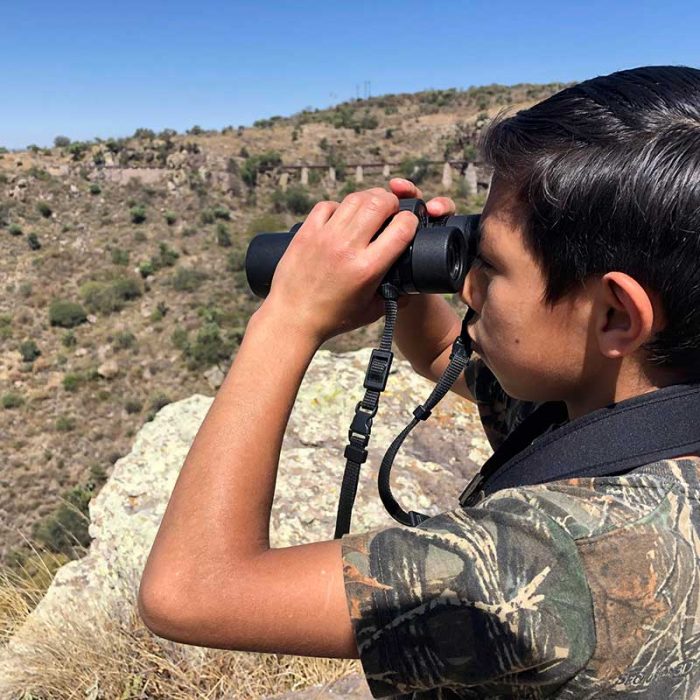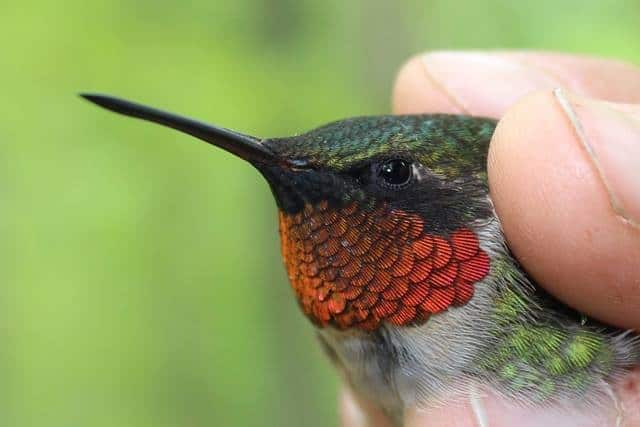A Black-crowned Night-heron flying over Fox Pond. Photo by Connor Hawey.
May 31st: This was the last day of banding for the spring 2018 migration monitoring season; The census continues through June 10th. Banding has been very slow lately; on the last day of banding, only a Yellow Warbler and a Red-winged Blackbird were banded. Ten American White Pelicans were observed on Census but otherwise a quiet census as well.
June 1st: 32 species observed on census including a Black-crowned Night-heron. Both cuckoo species and Cedar Waxwing continue. Sumiko also noted some fledgling American Robins and Common Grackles.
June 2nd: 26 species were reported on census including both Yellow-billed and Black-billed Cuckoos. Graeme noted that this census felt more like a breeding bird census than a migration monitoring census because he observed mostly resident breeding birds.
June 3rd: Connor observed a Least Bittern calling at the north end of Fox Pond. He had an active census with 41 species. A family of Wood Ducks with 10 chicks in tow was also seen.
June 4th: Sumiko tallied 33 species including a Black-crowned Night-heron and a Spotted Sandpiper. Mostly resident breeding birds have been recorded lately.
June 5th: An even quieter day with Sumiko logging 25 species believed to be residents (Indigo Buntings, House Wrens, etc.).
June 6th: With 40 species today, Connor had a relatively busy census. Species observed include Bald Eagles, Wood Duck and a Horned Grebe.
June 7th: Connor noted a slow census and logged 28 species including Wood Ducks, a Great Black-backed Gull and a large number of Double-crested Cormorants on the sandbar.
June 8th: Connor observed 36 species today including Sharp-shinned Hawk and 15 American White Pelicans, mostly on the move foraging. Among the gulls today were 3 Great Black-backed Gulls.
June 9th: Sumiko observed 35 species including 3 species of woodpeckers (Yellow-shafted Northern Flicker, Red-bellied Woodpecker and Downy Woodpecker) which is notable because they are very quiet in June. She observed a Common Yellowthroat singing on the west beach.
June 10th: The final census for the 2018 spring migration monitoring season was concluded with Patrick logging just 24 species. The weather was cool, rainy and quite windy so detecting birds was challenging. Most notable were large flocks of both Red-winged Blackbirds and Double-crested Cormorants.
PIBO has started uploading our census data to eBird (only the census as it fits the eBird protocol). As the census takes place at Fish Point Nature Preserve, all data are reported to that “hotspot” and can be viewed here: https://ebird.org/hotspot/L761132 As an added bonus to the streamlined data collection, we get to share what we are seeing each day.







